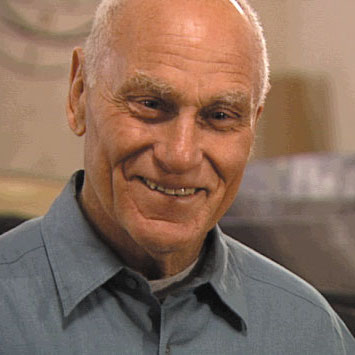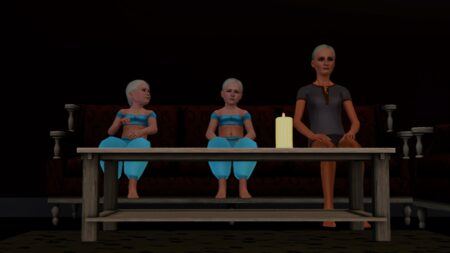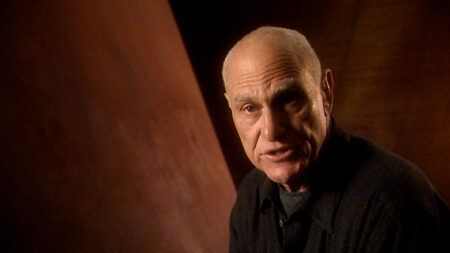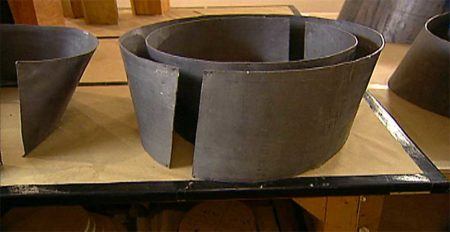Richard Serra

Richard Serra was born in 1938 in San Francisco, California. He graduated from the University of California, Santa Barbara with a BA in English Literature in 1961, working at different steel mills to support himself during college. The artist later went on to receive a BFA in 1962 and an MFA in 1964, both from Yale University. In his work, Serra investigated the relationship between space, material, and movement. Through large-scale sculptures and site-specific installations, the artist manipulated mediums such as lead and steel to construct immersive geometric artworks that emphasize materiality and the relationship between the viewer and the spaces in which his works are installed.
Inspired by his early experiences working in steel mills and shipyards, Serra warped materials such as steel and lead into abstract, geometric, and flowing shapes. In his Splash PIeces series (1968-1970), the artist threw molten lead from a ladle, splattering it on the corner where the floor meets the wall. After hardening, the works became individual casts and sculptures in themselves. The resulting sculptures, such as Gutter Corner Splash: Night Shift, (1969/1995), foregrounded the role of process as well as the specificity of the materials and spaces with which the work was made.“ If I think I can invent a new way of looking at those elements, or make the possibility of walking in and through and around a piece something that startles me, then I think that there’s a possibility to proceed.” Working within site-specific locations, Serra constructed a new way of looking at the material, emphasizing its materiality and positionality within a specific space.
In addition to working with molten lead, Serra fabricated large steel sculptures that encompass viewers, inviting them to walk inside the works to experience their transformation of space. In The Matter of Time (1994-2005), the artist assembled eight different sculptures commissioned specifically for the Guggenheim Bilbao. Inspired by his experiences working in steel mills, Serra used weathering steel, a material used primarily for the manufacturing of ships. Each of the sculptures is melded and bent into different geometric shapes: double ellipses, torqued ellipses, or spirals, and is deliberately placed to create a temporal and spatial experience. The sculptures, appearing malleable and gravity-defying, have open tops and rotate upwards as they curve in and out. In other works, such as Charlie Brown (1999), commissioned specifically for The Gap Inc. offices, the artist constructed a sixty-foot steel sculpture only viewable from the building offices. Whether working in public spaces or within specific architectural sites, Serra manipulated steel to assemble large-scale geometric sculptures. In doing so, he produced a body of work that directly engages with its viewers and surrounding space.
Serra lived in Nova Scotia and New York, where he passed away in March 2024.
Videos 3
-
Richard Serra




